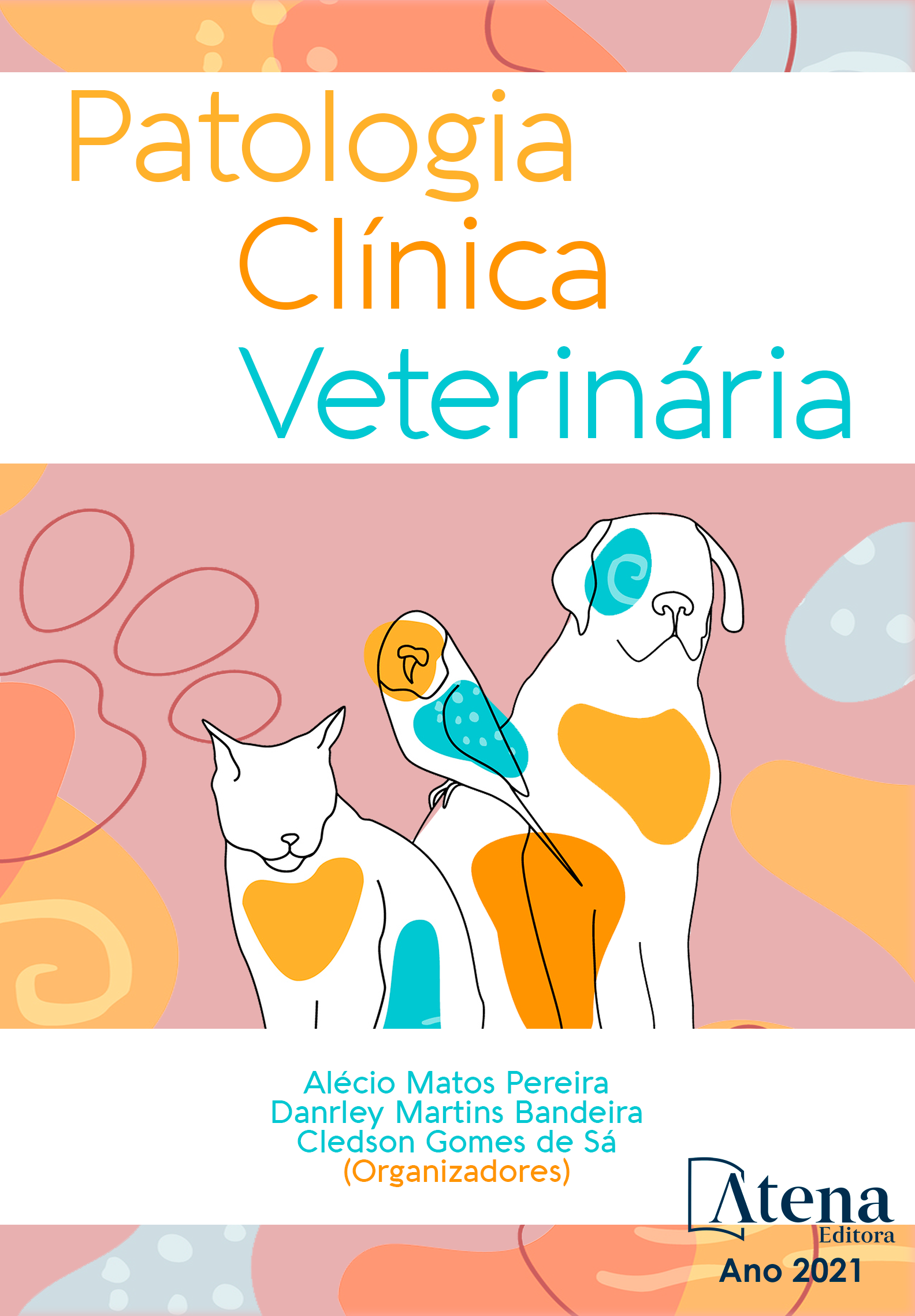
ETIOLOGIA DA MASTITE SUBCLÍNICA EM CABRAS NO CARIRI PARAIBANO-BRASIL
A mastite é a principal enfermidade em rebanhos leiteiros de todo o mundo por acarretar grandes perdas econômicas, fazendo-se necessário conhecer os agentes etiológicos das mastites clínicas e subclínicas de cada região para adoção de medidas higiênicas adequadas e controle da doença. Com base nisso objetivou se estudar a etiologia da mastite subclinica nas cabras do cariri Paraibano na região Nordeste do Brasil. Para este fim foram avaliadas 372 amostras de leite advindas de 186 cabras. As amostras foram obtidas em 10 propriedades localizadas nos municípios de Gurjão, Santo André, São João do Cariri, Parari e Taperoá, região semiárida do estado da Paraíba, em janeiro de 2014. Foi realizado o teste CMT, e coleta de leite para a analise microbiológica. Das 372 amostras de leite analisadas pelo CMT, 77,16 % (287/372) reagiram ao teste. Estas apresentaram a seguinte distribuição: escore 1+ (n=123; 33,06%), 2+ (n=128; 34,40%), 3+ (n=36; 9,70%), enquanto, 22,84 % (85/372) foram consideradas negativas. Das 164 amostras consideradas positivas no CMT, apenas 43,90 % (72/164) apresentaram crescimento bacteriano, das quais, 1,21% (2/164) apresentou crescimento de mais de dois microrganismos sendo considerada contaminada e 56,10 % foram negativas. No exame microbiológico houve crescimento bacteriano em 19,35% (72/372) das amostras, no entanto, significa uma frequência de 38,70% da mastite subclínica nos rebanhos estudados (72/186). Os microrganismos isolados sozinhos foram: Streptotoccus bovis (29,10%), Staphylococcus coagulase negativa (25,45%), Clostridium ulcerans (21,81%), Staphylococcus intermedius (7,27%), Escherichia coli (5,45%), Trueperella pyogenes (3,65%), Enterococcus spp. (3,65%), Staphylococcus aureus (1,81%), Proteus vulgaris (1,81%). A associação mais frequente foi entre Staphylococcus coagulase negativa e Clostridium ulcerans 40,0% (6/15), seguida de Staphylococcus coagulase negativa e Streptotoccus bovis 20% (3/15). Um alto percentual de mastite subclínica foi observado na região cariri da Paraíba sendo associados aos principais agentes causadores Streptococcus bovis, Staphylococcus coagulase negativa e Clostridium ulcerans.
ETIOLOGIA DA MASTITE SUBCLÍNICA EM CABRAS NO CARIRI PARAIBANO-BRASIL
-
DOI: 10.22533/at.ed.5412110059
-
Palavras-chave: CMT, microbiologia do leite, caprinos e Staphylococcus coagulase negativa
-
Keywords: CMT, milk microbiology, goats, Staphylococcus coagulase negative
-
Abstract:
Mastitis is the main disease in dairy herds around the world because it causes great economic losses, making it necessary to know the etiological agents of clinical and subclinical mastitis in each region to adopt adequate hygienic measures and control the disease. The objective was to study the etiology of subclinical mastitis in goats of the cariri Paraibano in the Northeast region of Brazil. For this purpose, 372 milk samples from 186 goats were evaluated. The samples were obtained from 10 properties located in the municipalities of Gurjão, Santo André, São João do Cariri, Parari and Taperoá, semi-arid region of the state of Paraíba, in January 2014. The CMT test was performed, and milk was collected for analysis microbiological. Of the 372 milk samples analyzed by the CMT, 77.16% (287/372) reacted to the test. These presented the following distribution: score 1+ (n = 123; 33.06%), 2+ (n = 128; 34.40%), 3+ (n = 36; 9.70%), while, 22, 84% (85/372) were considered negative. Of the 164 samples considered positive in the CMT, only 43.90% (72/164) showed bacterial growth, of which, 1.21% (2/164) showed growth of more than two microorganisms being considered contaminated and 56.10% were negative. In the microbiological examination, there was bacterial growth in 19.35% (72/372) of the samples, however, it means a frequency of 38.70% of subclinical mastitis in the studied herds (72/186). The microorganisms isolated were: Streptotoccus bovis (29.10%), Staphylococcus coagulase negative (25.45%), Clostridium ulcerans (21.81%), Staphylococcus intermedius (7.27%), Escherichia coli (5.45% ), Trueperella pyogenes (3.65%), Enterococcus spp. (3.65%), Staphylococcus aureus (1.81%), Proteus vulgaris (1.81%). The most frequent association was between Staphylococcus coagulase negative and Clostridium ulcerans 40.0% (6/15), followed by Staphylococcus coagulase negative and Streptotoccus bovis 20% (3/15). A high percentage of subclinical mastitis was observed in the Cariri region of Paraíba, being associated with the main causative agents Streptococcus bovis, Staphylococcus coagulase negative and Clostridium ulcerans.
-
Número de páginas: 9
- Kenia Moura Teixeira
- Carlos Ticiano Coutinho Ramos
- Valesca Barreto Luz
- Suzana Aparecida Costa de Araújo
- Syduane Morais Leite Ramos
- Joaquim Alexandre Moreira Azevedo
- Tânia Valeska Medeiros Dantas Simões


